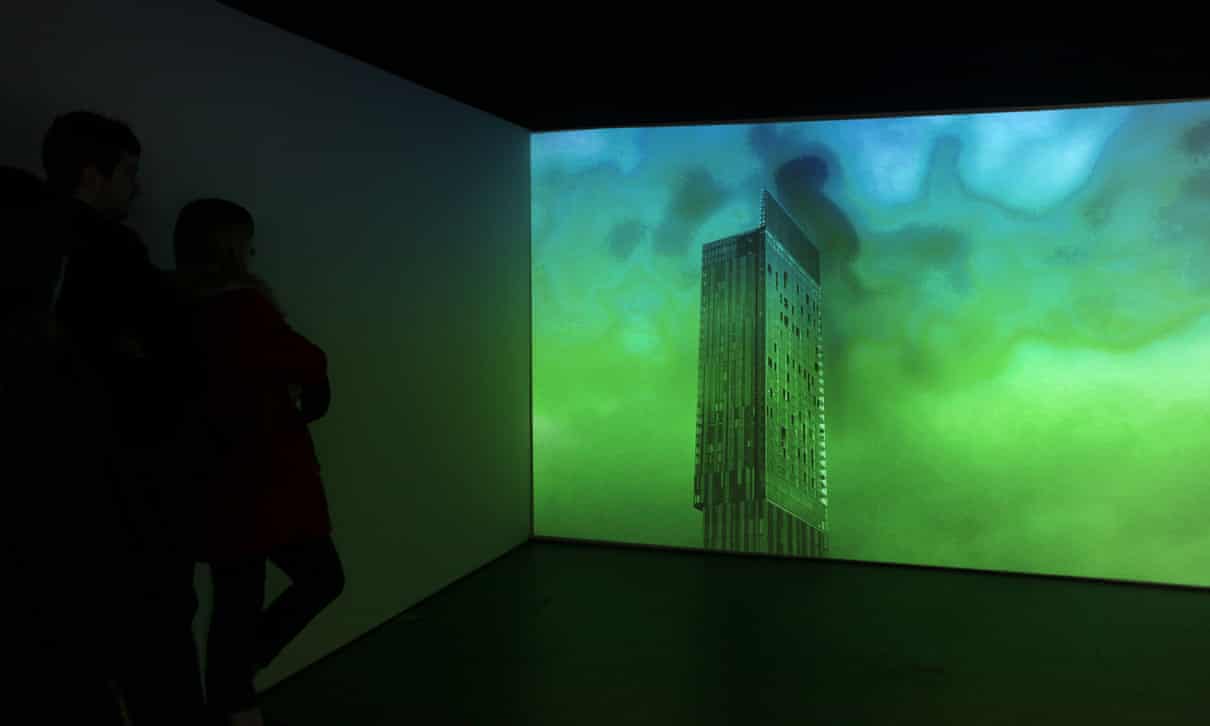I received some very valuable feedback during my last presentation, namely:
- Rather than focusing on squeezing my project into a fixed space, I should focus more on content and what feelings/emotions I want to emulate through my project.
- Consider site specificity. How could I make climate change visible in the context of Singapore? Perhaps by bringing it through different sites in Singapore.
EXPERIMENTATIONS
I feel like because I do not really have a good idea of what I would specifically like to do for FYP, my mind is going all over the place. This is why, for the upcoming weeks, I would like to focus more on just experimenting in order to really try to decide what I would like to do for my final project.
Through these experimentations, I can gauge what kind of emotions/feelings I get from them, and whether they are effective or not. Then I will be able to narrow down on ideas/ know what to focus on more. I will document my experimentations as I go along.
Experiment #1: Water lines.
Inspired by:
- Lines (57° 59′ N, 7° 16’W) is a site specific light installation by Pekka Niittyvirta and Timo Aho.

Image from http://www.niittyvirta.com/lines-57-59-n-7-16w/
- Watermarks projects future sea levels onto facades of buildings, by Chris Bodle

Image from http://www.bldgblog.com/2009/02/watermarks/
I really like how these artworks manage to bring up the pressing issue of climate change in the context of the country/ city. It is very simple and straightforward, ‘personalised’ because of their site specificity, and effective way of calling to attention the urgency of acting against climate change.
So for my experimentation, I would like to just try to display the threat of rising water levels. I could choose from analog – simply using a long & brightly coloured string, or digital – try projecting a line, onto a external wall/surface of ADM.
Experiment 2: Visible pollution.
Inspired by:
- Nuage Vert “Green Cloud”, which uses laser tracking to project onto emissions from a power plant, by HeHe

Image from: https://inhabitat.com/green-cloud-hehe-helsinki-environmental-art/
- Diamonds in the Sky, audio-visual experience that shows pollution particles hitting a tower, by HeHe

Image from https://www.theguardian.com/science/political-science/2016/oct/28/climate-change-is-invisible-insidious-and-urgent-can-the-arts-help-us-see-it
I love how in these projects, HeHe manages to make pollution visible. I do prefer the first example though: a physical representation of actual pollution rather than a digital one, and I feel that it is more effective.
For my experimentation, I would like to try shining a laser pointer onto some car exhaust fumes, which are a very visible form of pollution. It would actually be very interesting to see what that outcome will be, and I haven’t really noticed much exhaust fumes coming out of my parent’s car. Perhaps I would need an older vehicle for more visible exhaust?
READINGS
Reading more and understand more about art for social change.
- Mapping the Landscape of Socially Engaged Artistic Practice – Alexis Frasz & Holly Sidford of Helicon Collaborative, 2017
- Assessing Socially Engaged Art – Vid Simoniti, 2018
Also, I would like to include a list of readings I have done so that I will have all my resources in one place.
- Does activist art have the capacity to raise awareness in audiences?—A study on climate change art at the ArtCOP21 event in Paris by Laura Sommer and Christian A. Klöckner, 2019
- Tangible User Interface Design for Climate Change Education in Interactive Installation Art by Caitlin de Bérigny, Phillip Gough, Majdi Faleh and Erika Woolsey, 2014.
- Beyond Eco-Art: 21st Century Eco-Visualisation by Tiffany Holmes, 2011
- Representing nature: art and climate change by Malcolm Miles, 2010
- Representing, Performing and Mitigating Climate Change in Contemporary Art Practice by Gabriella Giannachi
- Understanding (and Reducing) Inaction on Climate Change by Matthew J. Hornsey and Kelly S. Fielding, 2019